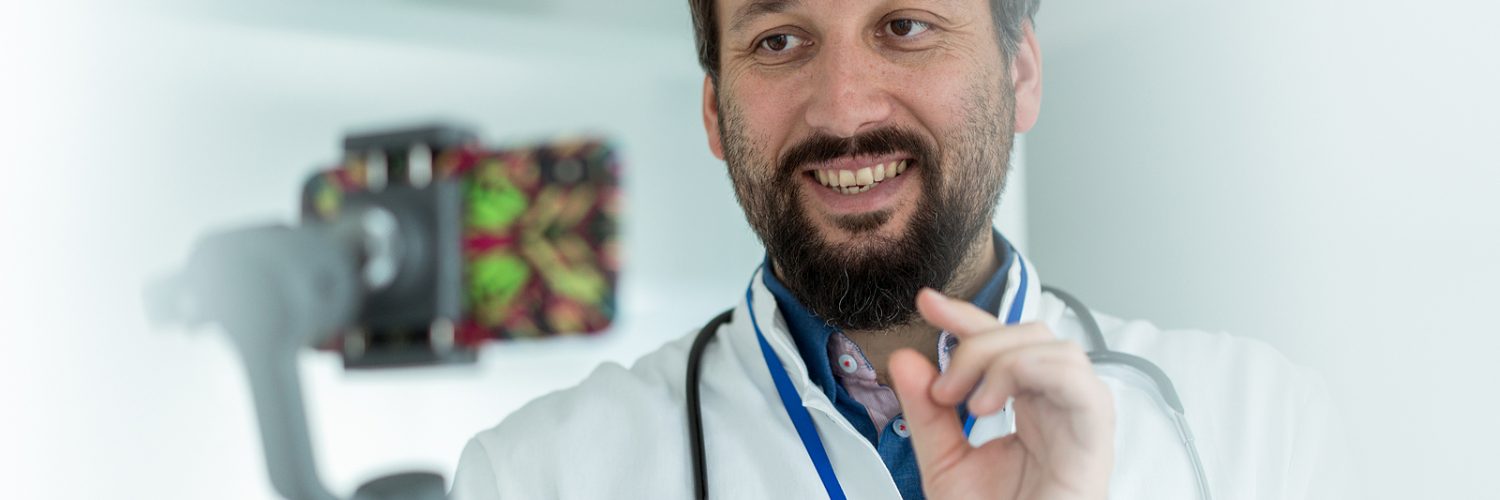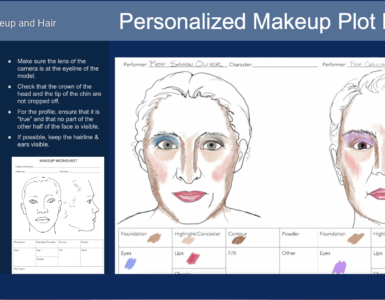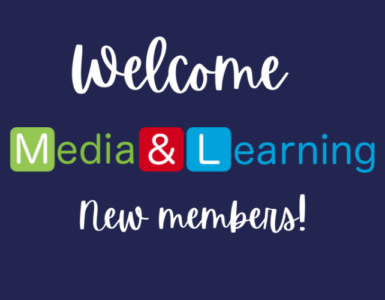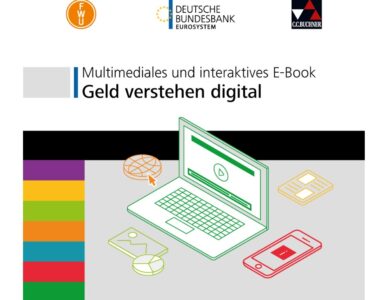Video services in education have increased in demand because of the Coronavirus lock down. This has affected teachers and students globally and created a need for viable educational models using video streaming.
Our names are Peter Musaeus and Mads Ronald Dahl and we work as educational developers. Along with our colleagues who are medical teachers, we faced the full throttle of the shutdown with university teaching closing down over night while clinical teaching at many hospitals continued. During the lockdown, we at the Centre for Educational Development (CED.AU) in Aarhus Universitet, Denmark provided more than 100 workshops to the 8000 teachers at our University and worked together with our IT departments for implementation of Zoom, Teams, hybrid teaching facilities and many more video related initiatives.
When first facing the need for video streaming, we reviewed and recommended relevant YouTube videos. Secondly, we helped teachers’ record screencasts of their lectures. We streamed these screencasts in order for teachers to be able to conduct their class teaching using videoconference systems like Zoom.us and Teams. However, the diverse usage of video formats, technologies and pedagogies made us as teachers and educational developers realise how challenged we were by the multifaceted demands, local IT infrastructure, heterogeneous quality in production and training capacities and lack of quality control of videos. Thus, we were in need of an educational tool for framing the discussions and clarifying the teachers and student’s needs.
We turned to two pedagogical digital models often used in collaborations around educational technological development: The TPACK and the SMAR models. By combining these two models in a single model and leaving out the video format as content, we could distribute the different types of video usage in several dimensions. This enabled us to propose the four phases or scope of the SMAR model. Is the usage of a given video format a Substitution, Argumentation, Modification or Redefinition (SMAR) of the learning design?
For instance, substitution of an in-class lecture with a YouTube video link in the LMS (Learning Management System) for the students to watch can be said to have a low technical difficulty and a low pedagogical complexity. Whereas Substituting the in-class lecture with a lecture conducted live using Zoom can give the teacher technical difficulties and challenge their digital competencies.
The figure below illustrates the model we used for collaboration with teachers and alignment of expectations.

Figure of combined and modified SAMR and TPACK model matrix for video streaming in medical education.
It was especially challenging to integrate the clinical, practical and laboratory teaching. We found the technological issues of producing this type of video to be both time and workload consuming and an even greater pedagogical nut to crack. Thus these types of teaching and student learning experiences suffered to a wide extend during the lockdown. For many students these significant learning experiences in the lab or out in the “real” world had to be cancelled and could not be satisfactory saved by any generic video format or setting. Only in the cases where the teachers had a dedicated learning design to support the pedagogical implementation and also had a good level of digital competence to comprehend the technological complexity did we see the general value of the teaching.
Now we have learned how teaching with video streaming can be modelled around both technological and pedagogical complexity. Going back to a more normalised situation, we can make good use of the lessons learned and investments made. We can see and explain which parts of a lab course that could benefit by an out-of-class predatory safety video or video guides for the expensive equipment to support the students’ work.
Another area of concern that has been difficult to address is the need to improve the subject -specific digital competencies of both teachers and students (as elaborated in DigCompEdu). It is our job as educational developers, to make it apparent for teachers, students and administrations that good blended teaching and digital competencies are not something that comes naturally to everyone, they need to be taught and adopted.
Read more about the models, cases and video formats in our paper Four Phases of Video Streaming – a case study of medical teaching.

Authors
Mads Ronald Dahl, M.Sc, Ph.d. MI. | Centre for Educational Development (CED), Aarhus Universitet, Denmark

Peter Musaeus, Associate Professor, Ph.D. | Centre for Educational Development (CED), Aarhus Universitet, Denmark














